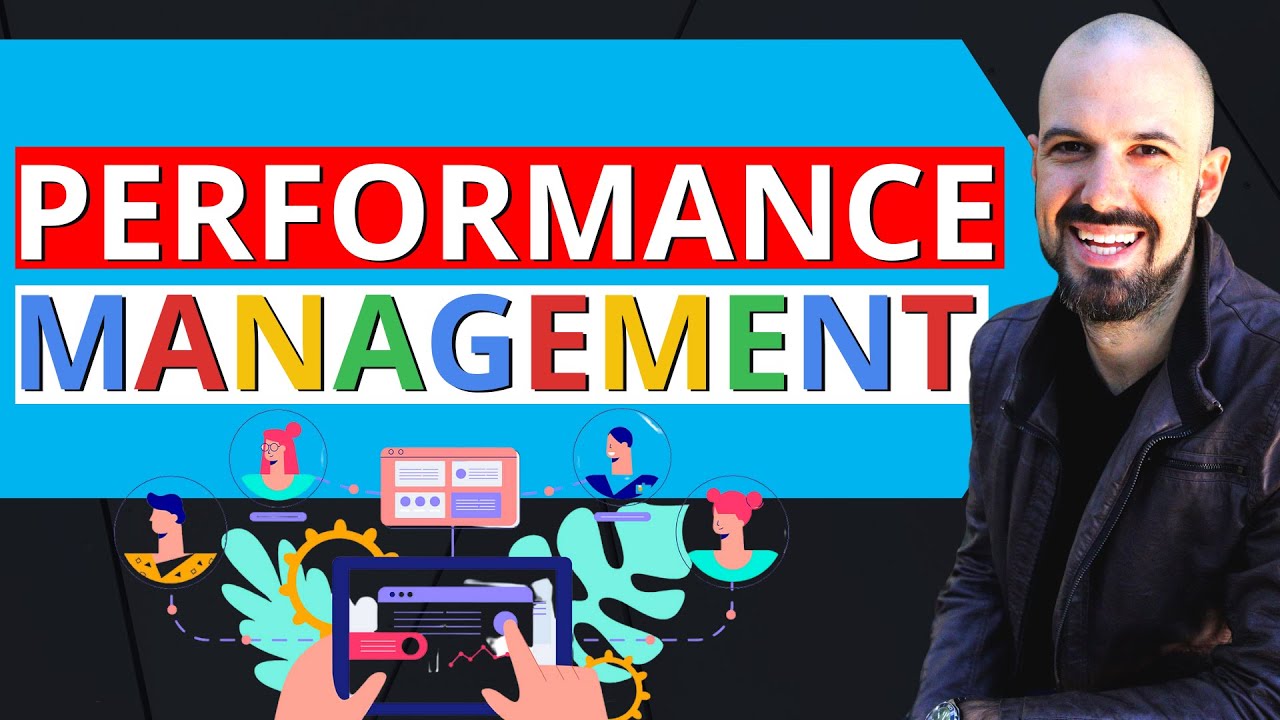Worker Fired As Company Monitors Remote Work With Keystroke Tech
In a remarkable incident highlighting the intricacies of remote work monitoring, one remote worker fired as company monitors remote work with keystroke tech to assess her work-from-home performance.
Author:Dr. Felix ChaosphereReviewer:Xander OddityAug 10, 2023521 Shares130.1K Views

In a remarkable incident highlighting the intricacies of remote work monitoring, one remote worker fired as company monitors remote work with keystroke techto assess her work-from-home performance.
As the Fair Work Commission (FWC) recently rejected an unfair dismissal claim brought forth by Suzie Cheikho, a former consultant at Insurance Australia Group (IAG), it asserted her firing was grounded in "a valid reason of misconduct." The case sheds light on the delicate balance between technological oversight and employee privacy in the modern workplace.
Keystroke Monitoring Leads To Termination Amidst Remote Work
Cheikho's role at IAG encompassed significant responsibilities, including crafting insurance documents, adhering to regulatory timelines, and overseeing the compliance of remote work.
However, the irony of her situation became evident when her own work-from-home practices were put under the microscope, ultimately leading to the termination of her 18-year tenure at the company.
According to the FWC's findings, Cheikho's dismissal on February 20 was prompted by a series of infractions including missed deadlines, unresponsiveness, and failure to complete tasks that resulted in financial penalties for IAG from regulatory authorities.
“„I have been going through a lot of personal issues which has caused a decline to my mental health and unfortunately I believe it has affected my performance and my work.- Suzie Cheikho
The Convergence Of Performance Issues And Technological Oversight
As Cheikho contested her dismissal, she alleged that her employer had orchestrated a targeted plan due to her mental health challenges, asserting that her job performance had been hindered by these personal issues. However, the evidence presented during the proceedings painted a different narrative.
Her performance issues had not gone unnoticed, prompting her placement on a performance improvement plan in November 2022. The pivotal aspect of this evaluation was the utilization of keystroke tracking technology to analyze her cyber activity over a span of 49 working days, ranging from October to December.
“„Sometimes the workload is a bit slow, but I have never not worked. I mean, I may go to the shops from time to time, but that is not for the entire day. I need to take some time to consider this and I will put forward a response.- Suzie Cheikho
The outcomes of this comprehensive review were striking, revealing a consistent pattern of non-compliance. The data highlighted instances where Cheikho failed to adhere to her designated working hours—44 days in which she did not work the prescribed hours, 47 days where she logged in late, 29 days with early log-offs, and a staggering 4 days where she recorded no work activity at all.
Furthermore, her keystroke activity on the days she did log in exhibited significantly low levels, including instances of zero keystrokes over extensive time frames.
“„I have been going through a lot of personal issues which has caused a decline to my mental health and unfortunately I believe it has affected my performance and my work.- Suzie Cheikho
Challenges In Data Interpretation And Privacy Concerns
Throughout the review process, Cheikho expressed skepticism regarding the accuracy of the data. While acknowledging some interruptions, she asserted that she had indeed been engaged in work activities. She attributed the low keystroke activity to the personal challenges affecting her mental health and indicated the use of alternative devices during periods of technical difficulties.
FWC Deputy President Thomas Roberts critically examined the evidence at hand and Cheikho's responses. The deputy president concluded that the data clearly indicated she had not fulfilled her job obligations during the prescribed hours. Roberts emphasized the importance of adhering to the use of the designated work laptop, a requirement set by her employer for completing duties.
In his ruling, Roberts articulated that Cheikho's termination was justified on grounds of misconduct and failure to meet performance expectations.
“„The applicant was dismissed for a valid reason of misconduct- FWC Deputy President Thomas Roberts
He acknowledged the regrettable circumstances due to her substantial tenure but maintained that the dismissal was not unreasonable or unjust.
Accountability And Communication In Remote Work
The case of Suzie Cheiko, a worker fired as company monitors remote work with keystroke tech, highlights the growing reliance on technology by employers to monitor remote work performance. While such monitoring can offer insights into productivity and adherence to expectations, it also triggers essential conversations around employee privacy and the potential for misinterpretation of data.
Suzie Cheikho's situation serves as a pertinent lesson for both employers and employees in the era of remote work. Employers must ensure that their monitoring practices are transparent, reasonable, and aligned with contractual obligations. Conversely, employees should communicate effectively with their employers regarding any challenges they may face and seek appropriate accommodations when needed.
The outcome of Cheikho's case underscores the critical importance of clear communication, well-defined performance benchmarks, and empathy between employers and employees engaged in remote work arrangements.
As the landscape of work continues to evolve, maintaining a harmonious equilibrium between accountability and understanding remains pivotal for fostering productive and mutually beneficial work environments.

Performance Management for Remote Work
Keystroke Technology Reveals Hidden Realities Of Remote Work Performance
In the pursuit of enhancing productivity and optimizing operations, businesses are exploring diverse methods, ranging from streamlining processes to eliminating workplace distractions. Among these strategies, surveillance and tracking software have emerged as potent tools.
Employee monitoring technologies, facilitated by the rapid advancement of digital tools, have gained prominence, enabling companies to closely observe their remote workforce. However, this increased focus on monitoring also triggers critical concerns about workplace privacy.
For businesses considering the adoption of employee monitoring technology, a nuanced understanding of relevant laws and prudent implementation strategies is crucial.
Employee Monitoring Technology
Employee monitoring technology, which encompasses various methods to track employees' activities and whereabouts, aims to achieve multifaceted goals:
- Preventing Internal Theft -Monitoring helps thwart internal theft and unauthorized activities by maintaining a watchful eye on employees' actions.
- Assessing Productivity -Businesses use monitoring to evaluate employee productivity, discerning how work hours are spent and identifying areas for improvement.
- Resource Utilization -Monitoring safeguards against misuse of company resources, ensuring their appropriate and responsible use.
- Litigation Evidence -In potential litigation scenarios, employee monitoring data can serve as evidence to support or refute claims.
Tools Of Employee Monitoring
Various tools are employed to facilitate employee monitoring:
- Employee Monitoring Software -This software offers comprehensive insights into how employees utilize their work time, including browser and application tracking, user activity screenshots, and keystroke logging.
- Time and Attendance Software -Recording work hours and paid time off, this software aids in payment calculations and resolving disputes over hours and leave.
- Video Surveillance -Video systems bolster security and productivity, deterring theft and providing evidence.
- GPS Systems -For roles involving driving, GPS systems monitor driver safety, fuel efficiency, and accountability.
- Biometric Technology -Biometric time and attendance systems employ fingerprint, facial, palm, or iris scans to record work time.
Navigating The Legal Landscape
Amid the adoption of employee monitoring technology, navigating the legal landscape becomes imperative. Federal and state laws influence the extent to which employers can monitor their workforce. While the Electronic Communications Privacy Act of 1986 (ECPA) grants business owners the authority to monitor communications, additional monitoring often requires employee consent.
Understanding the nuanced legal regulations related to different types of monitoring is essential:
- Web Activity Monitoring -Employers can monitor web activity on company-owned computers, but they must be cautious about privacy laws.
- Storage of Recordings -The retention of recordings, especially related to meetings or disciplinary actions, might be legally obligatory.
State-specific Regulations
State privacy laws vary significantly, adding an extra layer of complexity to employee monitoring practices. Some states, such as California and New York, impose specific notice requirements for employee monitoring.
The Ethical Dilemma
While employee monitoring systems aim to enhance workflow and data security, ethical concerns persist. Continuous monitoring can breed distrust among employees, affecting their sense of responsibility and compliance with instructions.
Transparency Is Key
To mitigate the negative impact of monitoring, clear communication is paramount:
- Visible Signage -Displaying signage about surveillance can discourage internal theft.
- Transparency -Openly communicating the purpose of monitoring and aligning it with business goals is crucial.
- Open Dialogue -Open conversations about monitoring policies foster trust and understanding.
Striking The Balance
In a technologically evolving landscape, organizations must carefully weigh the benefits and potential pitfalls of employee monitoring. Striking a balance between maintaining privacy, fostering a culture of ethical behavior, and utilizing technology for productivity gains is an ongoing challenge.
By adhering to legal guidelines, respecting privacy, and ensuring open communication, businesses can harness the power of monitoring technology while respecting their workforce's individuality and integrity.
Overall...
The beauty of keystroke monitoring lies in its ability to uncover hidden realities that traditional metrics might miss. While a report of hours logged in a work management tool provides a basic overview, keystroke data offers a more granular perspective. It can unveil periods of intense concentration and productivity, as well as moments of reduced activity, potentially indicating breaks or distractions.
However, as with any powerful technology, ethical considerations come into play. While keystroke monitoring can provide valuable insights, it must be used judiciously and transparently. Employees should be informed about its usage, with a clear explanation of the goals and benefits. Transparency fosters trust and ensures that employees perceive monitoring as a tool for mutual growth rather than a mechanism for surveillance.
People Also Ask
Does Monitoring Employees Make Them More Likely To Break Rules?
Monitored employees are more prone to rule-breaking, including theft, disregarding instructions, unapproved breaks, slow work, and damaging company property (Harvard Business Review).
How Do You Tell If Your Company Is Monitoring Your Keystrokes?
To detect keystroke monitoring, open Task Manager using Ctrl+Alt+Del, examine apps in Processes or Services tabs, and Google any suspicious apps for details.
What Are The Issues With Employee Monitoring?
While monitoring enhances efficiency and safety, it can lead to legal issues (invasion of privacy, unfair labor practices, discrimination), morale decline, and workplace injuries.
Is It Ethical To Monitor Employee Computer Usage?
Monitoring can be ethical if it prevents resource misuse and unlawful conduct. It ensures responsible use of company property.
How Does Keystroke Monitoring Work?
Keystroke monitoring, using keyloggers, records typed content. Legitimate uses exist, but malicious keyloggers record and send every keystroke to attackers.
What Is Monitoring Mistakes?
Monitoring mistakesare disparities between expectations and results. Errors highlight actual and potential risks, guiding interaction improvements and diagnostic analysis.
Conclusion
“„The price of freedom is eternal vigilance.- Thomas Jefferson
This timeless quote by Thomas Jefferson takes on new relevance in the context of Suzie Cheikho's case—the worker fired as company monitors remote work with keystroke tech. Suzie Cheikho's case illustrates the intricate dance between technology, productivity, and privacy in modern workplaces.
As businesses seek efficiency, tools like keystroke technology illuminate remote work dynamics. Yet, complexity abounds. Balancing oversight and privacy is key. Legal frameworks, like the Electronic Communications Privacy Act of 1986, guide us, but consent and data nuances must be carefully navigated.
Ethics also loom large. While tech aids productivity, it shouldn't erode trust or autonomy. Cheikho's case underscores transparent communication's value. Tech integration must align with ethics, preserving employee well-being.
Amid change, businesses must tread carefully. Embracing tech while respecting privacy and ethics shapes a productive, dignified environment. Thomas Jefferson's wisdom holds: vigilance, ethical monitoring, upholds the cost of freedom—a harmonious workplace.
Jump to
Keystroke Monitoring Leads To Termination Amidst Remote Work
The Convergence Of Performance Issues And Technological Oversight
Challenges In Data Interpretation And Privacy Concerns
Accountability And Communication In Remote Work
Keystroke Technology Reveals Hidden Realities Of Remote Work Performance
People Also Ask
Conclusion

Dr. Felix Chaosphere
Author
Dr. Felix Chaosphere, a renowned and eccentric psychiatrist, is a master of unraveling the complexities of the human mind. With his wild and untamed hair, he embodies the essence of a brilliant but unconventional thinker. As a sexologist, he fearlessly delves into the depths of human desire and intimacy, unearthing hidden truths and challenging societal norms.
Beyond his professional expertise, Dr. Chaosphere is also a celebrated author, renowned for his provocative and thought-provoking literary works. His written words mirror the enigmatic nature of his persona, inviting readers to explore the labyrinthine corridors of the human psyche.
With his indomitable spirit and insatiable curiosity, Dr. Chaosphere continues to push boundaries, challenging society's preconceived notions and inspiring others to embrace their own inner tumult.

Xander Oddity
Reviewer
Xander Oddity, an eccentric and intrepid news reporter, is a master of unearthing the strange and bizarre. With an insatiable curiosity for the unconventional, Xander ventures into the depths of the unknown, fearlessly pursuing stories that defy conventional explanation. Armed with a vast reservoir of knowledge and experience in the realm of conspiracies, Xander is a seasoned investigator of the extraordinary.
Throughout his illustrious career, Xander has built a reputation for delving into the shadows of secrecy and unraveling the enigmatic. With an unyielding determination and an unwavering belief in the power of the bizarre, Xander strives to shed light on the unexplained and challenge the boundaries of conventional wisdom. In his pursuit of the truth, Xander continues to inspire others to question the world around them and embrace the unexpected.
Latest Articles
Popular Articles
